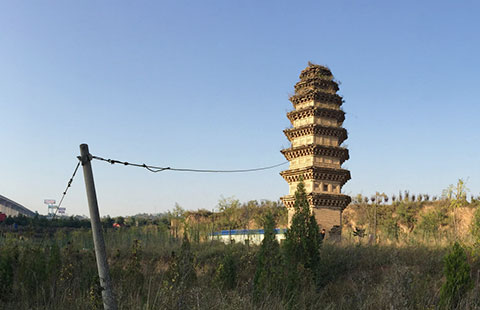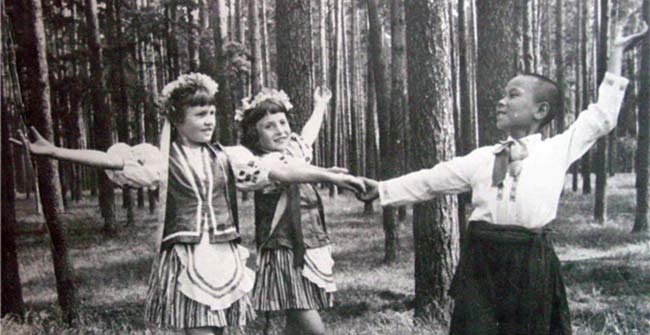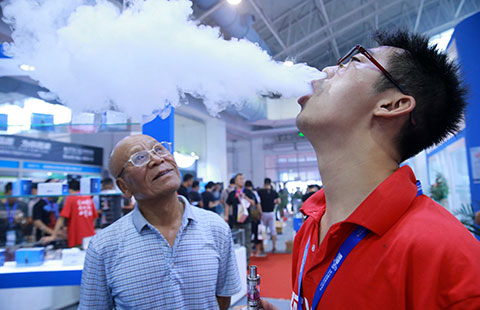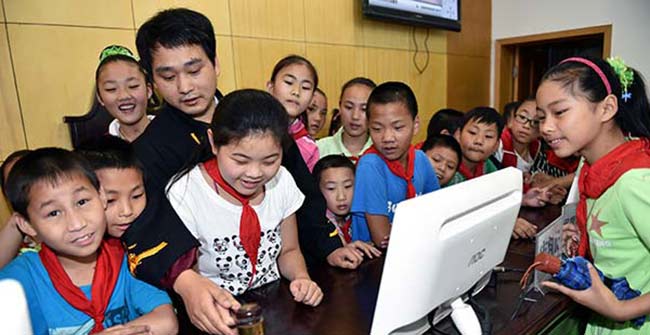Farmer recalls day he was finally a free man
By Zhang Yi/Da Qiong (China Daily) Updated: 2015-10-16 07:55Armed rebellion
Two years after the 1949 founding of the People's Republic of China, when Tibet was peacefully liberated, the serfdom system remained unchanged.
In a 1951 agreement between the central government and the Tibetan local government, the Seventeen Point Agreement, Chinese sovereignty over Tibet was affirmed, and the authority on whether or when to abolish serfdom was left to the local government.
According to a white paper issued by the Information Office of the State Council in 2009, Fifty Years of Democratic Reform in Tibet, the local government attempted to perpetuate feudal serfdom, publicly abandoned the agreement and staged an all-out armed rebellion on March 10, 1959.
The central government took decisive measures to quell the rebellion, in concert with the Tibetan people, and democratic reform started on a mass scale in Tibet. Tibet's feudal serfdom system was overthrown and about 1 million serfs and slaves were liberated, the document said.
Before the democratic reform, Tibet had 2,676 monasteries and 114,925 monks, including 500 senior and junior Living Buddhas and other upper-ranking lamas, and more than 4,000 lamas holding substantial economic resources, statistics indicated.
About one-fourth of Tibetan men were monks. Three major monasteries-Drepung, Sera and Ganden-housed a total of more than 16,000 monks, and contained 321 manors, 9,800 hectares of land, 450 pastures, 110,000 head of livestock and more than 60,000 serfs.
Redistribution of land and other means of production was the major item on the reform agenda.
"My family, with 11 members, which had no possessions before the reform, was allocated around one hectare of land, a horse, two donkeys and a cow when the village was the first to stage democratic reform," Dundron said.
In July of the same year, 443 villagers formed a farmers' association and, for the first time in their lives, elected the head of the organization.
Nyima Tsering, 72, recounted the voting process.
"Villagers could barely read or write at that time. A bowl was put behind every candidate and each villager was given a pea. Villagers put the pea into the bowl for the candidate they supported," Tsering said.
Tsering said he got around 390 peas and was elected as the association's head.
On Dec 2, 1959, a Party committee was set up in the village, the first of its kind in Tibet.
Democratic reform
Jobs undertaken by villagers nowadays are diversified. Dundron's son is a self-employed driver, providing long-distance transportation for his clients. Other households are involved in a wide range of professions, including plantations, retail businesses and restaurants.
The progress achieved in Kesong village is an example of the democratic reform across the whole area.
Data help to illustrate the improvements in Tibet. The average life expectancy has almost doubled in the past 50 years, from 35.5 years to 68 years. The region's GDP soared from 327 million yuan ($51.4 million) in 1965 to 92.08 billion yuan last year, a 281-fold increase. GDP has grown at an annual rate of 12.4 percent on average since 1994, registering double-digit growth for 20 consecutive years.
Contact the writers through zhang_yi@chinadaily.com.cn
Major events in modern Tibet
1949: The People's Republic of China was founded. The 10th Panchen Lama, the highest ranking lama after the Dalai Lama in the Gelug school of Tibetan Buddhism, expressed hope for the liberation of Tibet.
1951: A 17-point agreement was reached between the central government and the Tibetan authority reaffirming that Tibet is an integral part of China, and granting the area autonomy. Representatives of the central government and the Tibetan authority agreed to the peaceful liberation of Tibet.
1959: A revolt erupted in Lhasa, the capital, and spread to other parts of the region seeking the region's separation from China. The local government was dismissed after the 14th Dalai Lama fled to India. Democratic reform was instituted.
1960: The People's Congress of Lhasa was established and held its first session in Lhasa. A Tibetan "government-in-exile" was set up by the 14th Dalai Lama.
1965: The Tibet autonomous region was formed.
2008: Turmoil motivated by separatists and orchestrated by the Dalai Lama started in Lhasa and spread to other areas in Tibet, resulting in rioting, burning, looting and civilian deaths.
2015: A ceremony to celebrate the 50th anniversary of Tibet's founding as an autonomous region was held in the square of the Potala Palace in Lhasa.
- 'Black banks' targeted in latest anti-graft crackdown
- Early harvest seen for Belt and Road
- Air cleaning effort pays off
- Govt to spend $22b on bringing 98% rural areas online by 2020
- Taiwan flight-transfer talks continue
- China vows to increase support for refugees
- Scientists sink teeth into history of humans in Asia
- Official urges right path for mainland-Taiwan relations development
- Former vice police chief on trial for bribery
- Air force now able to launch long-range, precision strikes







